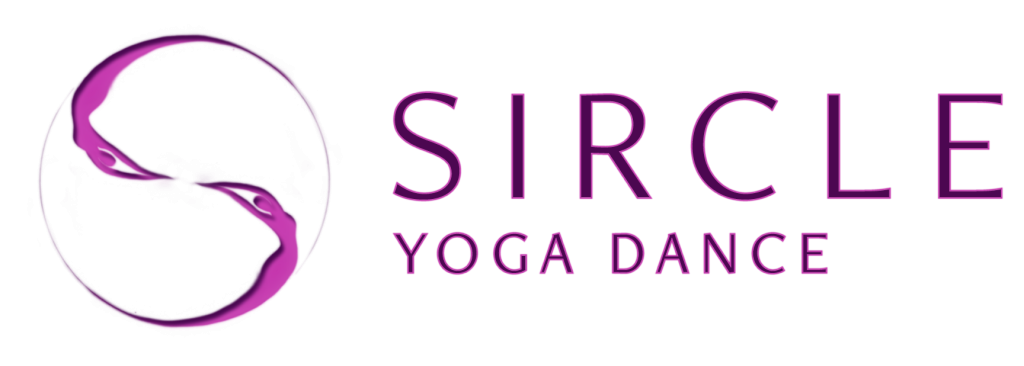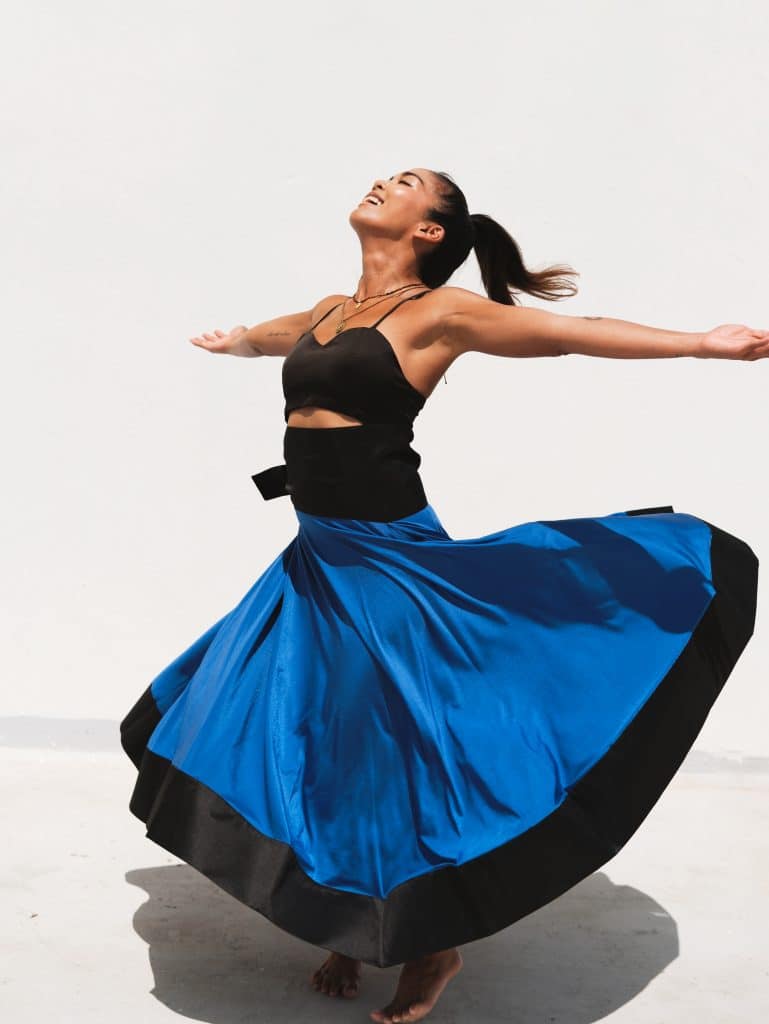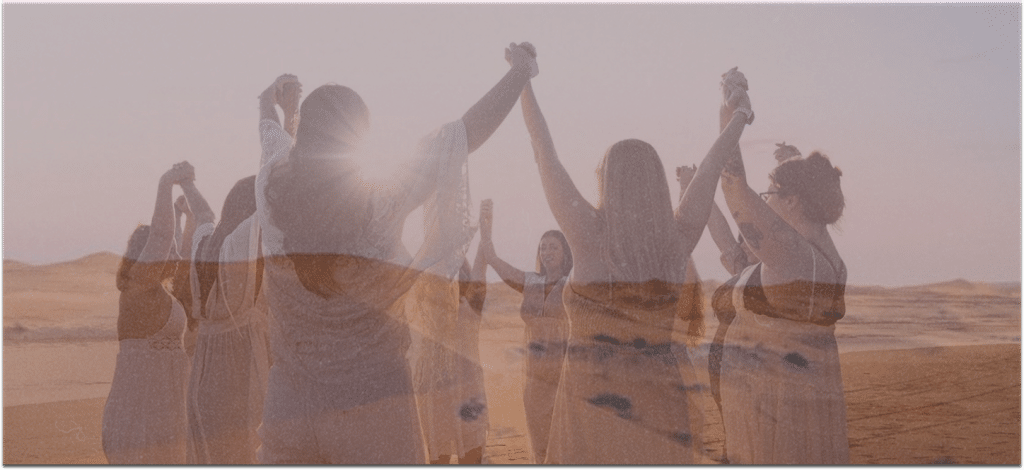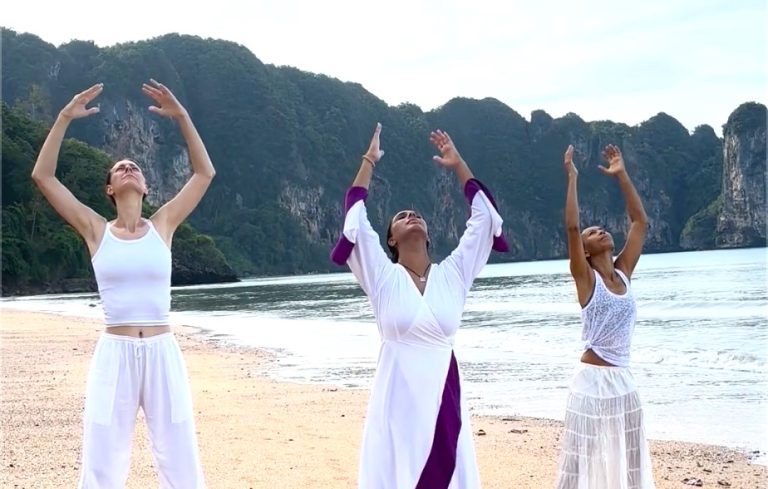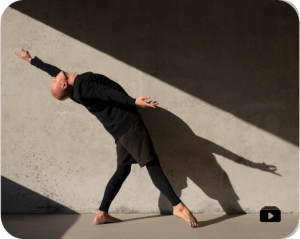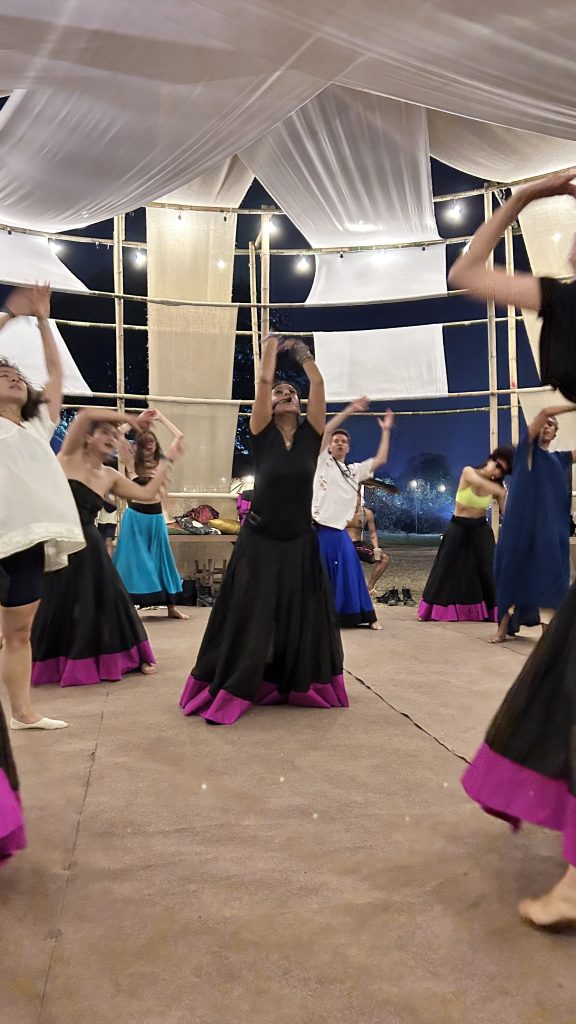Think of the rhythmic stomping of a traditional Irish jig, the swirling movements of a Sufi whirling dervish, or the gentle swaying of a Native American rain dance. These aren’t just mere entertainment; they are deeply embedded in cultural practices, often serving as tools for:
- Healing and wellbeing: Many traditional dances were believed to possess the power to heal physical ailments, emotional disturbances, and even connect individuals to the spiritual realm.
- Storytelling and community building: Through movement, communities passed down stories, traditions, and cultural knowledge, fostering a sense of belonging and shared experience.
- Embodiment and self-awareness: These dances often involved specific postures, breaths, and rhythmic patterns, encouraging individuals to connect with their bodies and develop a deeper sense of self-awareness.
